Digital Debunking: Slow Day in the Office? Why Not Attempt to Launch a Car with a Trebuchet?
At Altair, we help companies around the globe solve some of their most difficult problems with our world class engineering software and products, spanning data analytics and AI, simulation, and high-performance computing. We strive to solve your toughest
challenges, helping the innovators innovate, drive better decisions, turning today’s problems into tomorrow’s opportunities.
While our products make it possible to analyze the performance of wireless connectivity technology,
leverage AI-powered design, and understand the complexities of computational fluid dynamics, they also offer a fun way to test things you wouldn’t really do in the real world. For example, previously we’ve asked ourselves if a
tornado could make a cow fly or if you could launch yourself using a car airbag. Important stuff worth knowing.
Which brings us to our next hypothesis: Is it possible to launch a car using a trebuchet? Sometimes
you’ve got to ask the difficult questions.
For those of you that don’t spend their time researching weapons of the past, a trebuchet is a type of catapult that uses a long arm to throw a projectile. These medieval siege engines
first appeared in China during the 4th century BC, with many iterations found across the globe from different time periods. Technically speaking, there are two primary types of trebuchet: traction and counterweight. A traction trebuchet
uses manpower to swing the arm whereas a counterweight trebuchet relies on a heavy object positioned at the opposite end of the arm to launch the projectile. For our very important study, we’ll be using a counterweight trebuchet.
The size of these weapons can vary depending on the size of the projectile and its purpose. Given that ours is designed to launch a Chrysler Neon weighing in at 1.46 tons, we’ve opted for a large design, standing in at 15 meters high, 12 meters wide, and 12 meters long. Because of the weight of the car, we also opted to use a heavy counterweight, clocking in at 145 tons.
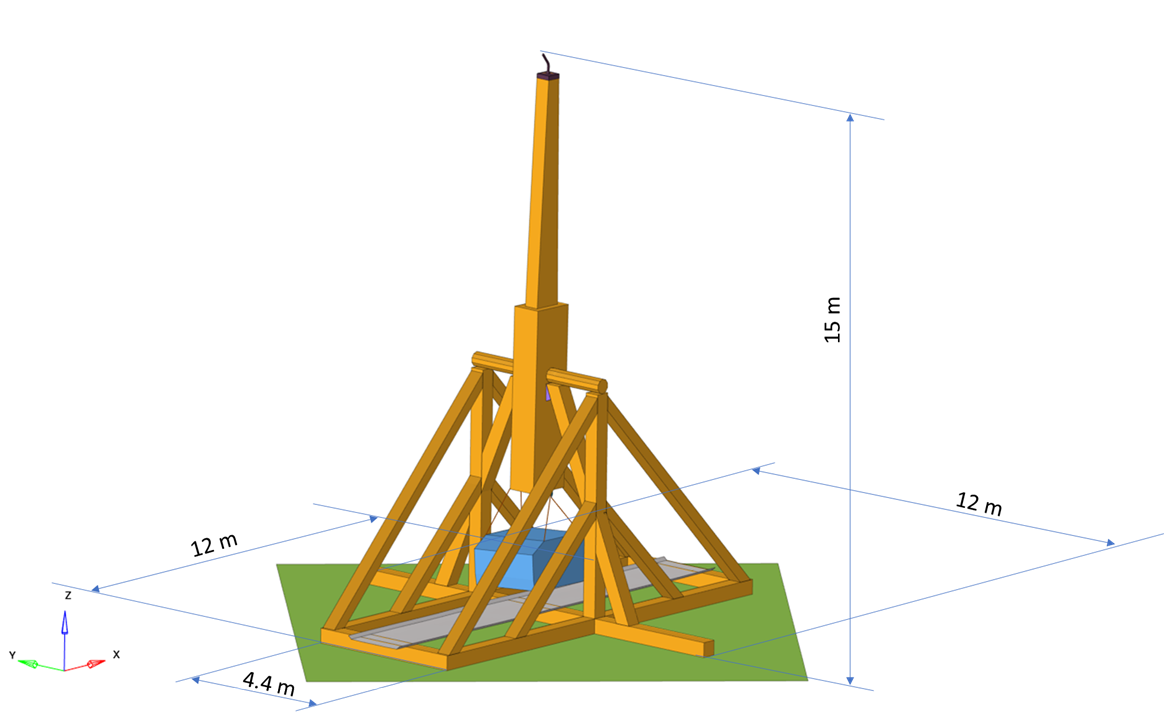

All of this was done using Altair® Radioss®, our leading analysis solution to evaluate and optimize product performance for highly nonlinear problems under dynamic loadings. Used worldwide across all industry sectors, Radioss improves the crashworthiness, safety, and manufacturability of complex designs. It enables understanding and efficient predictions of combined multiphysics behaviors in complex environments, such as crashworthiness. Because of this it’s the ideal solver to find out how far a trebuchet can launch a car with a detailed analysis of the resulting wreckage.
Thanks to the robust contact behavior capabilities of Radioss, it’s possible to represent the rope of our trebuchet using 1D elements whilst simultaneously representing the car using 2D and 3D elements. Additionally, all parts were deformable throughout the simulation.
The success of the trebuchet working correctly relies on a finely tuned release mechanism. In this case a rope is passed through a ring positioned on the underside at the end of the arm. The rope, with a smaller ring attached to one end, is then passed through a hole in the floor of the car and linked to a hook at the outward face of the arm end.
The angle of this hook is the important aspect here. A smaller angle results in a later launch time whereas a larger angle equates to an early launch. If the hook stood at 180 degrees relative to the arm for example, the car would fly roughly straight upwards, putting the assembly (and bystanders) at risk. After some fine tuning, it was found that an angle of 143 degrees was perfect for a successful launch.
Now, onto the results. Our trebuchet in all its mighty glory was able to hurl the Chrysler Neon an astounding 110 meters! Check out the animation below to witness history being made:
One thing worth noting here is that air friction was not taken into account. Allowing for this, roughly 10 meters may have been lost in the overall distance. Nonetheless, 100 meters is still a long way to throw a car.
Thanks to the accurate contact model of Radioss, we are able to see an impressive level of detail in our simulation. As the ring and rope are pulled through the car, the hood, roof, and front bumper are deformed. Windows are also smashed, along with damage to the underside of the car.
After doing a bit of research, we found that this experiment has in fact been performed before by two British men more than 10 years ago. They too were able to successfully launch a car using a similarly sized trebuchet, with amazing results. When comparing the results of our simulation and their experiment, we are pleased to see the resulting damage bares a striking resemblance: both vehicles are totaled.
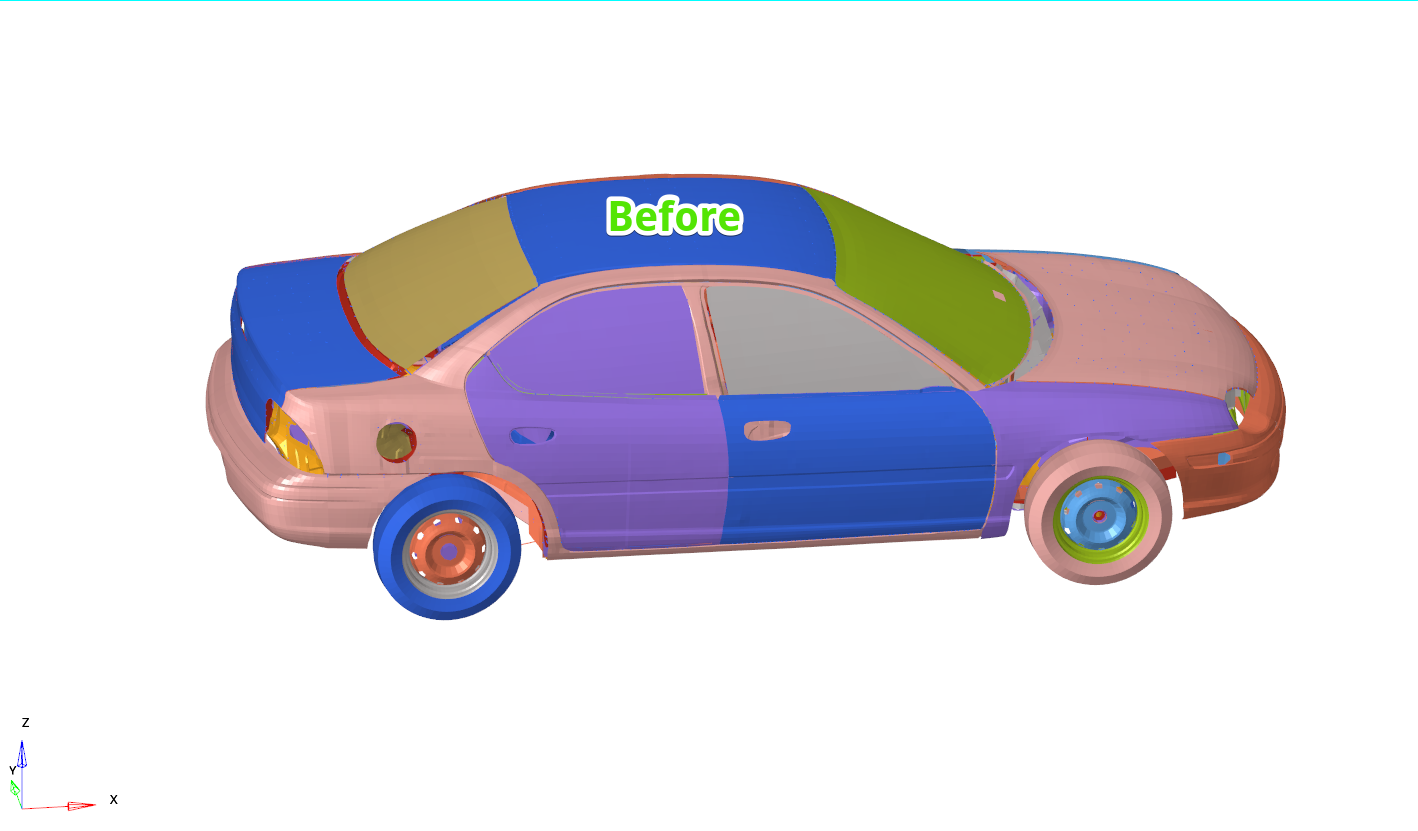 | 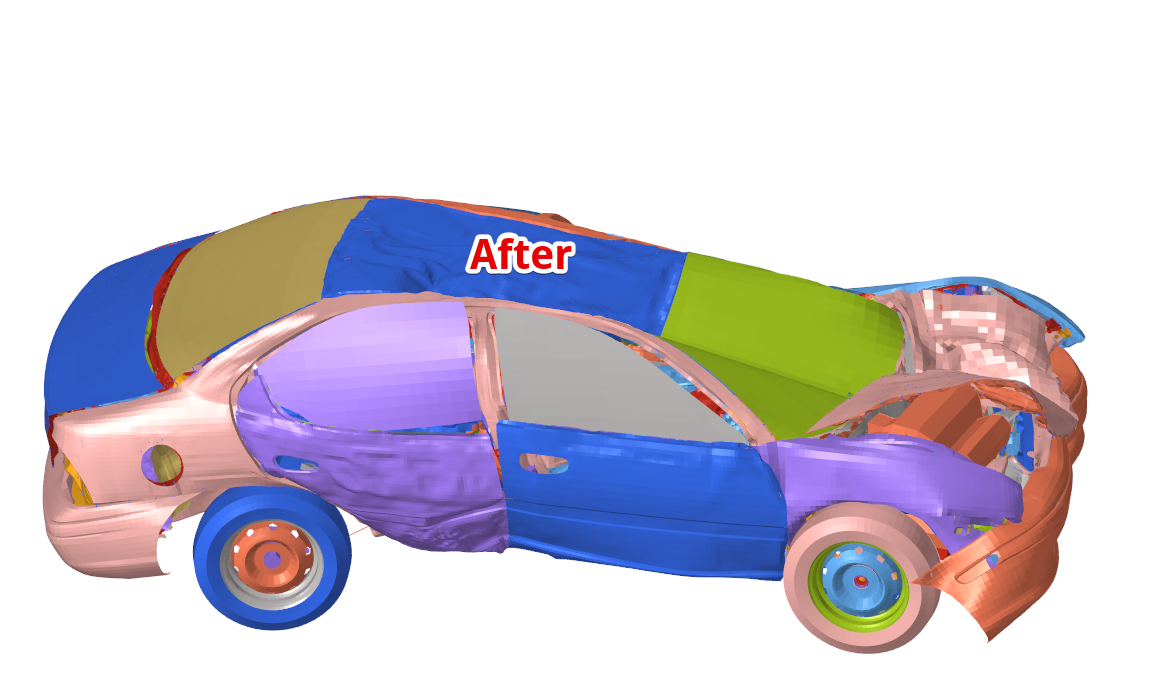 |
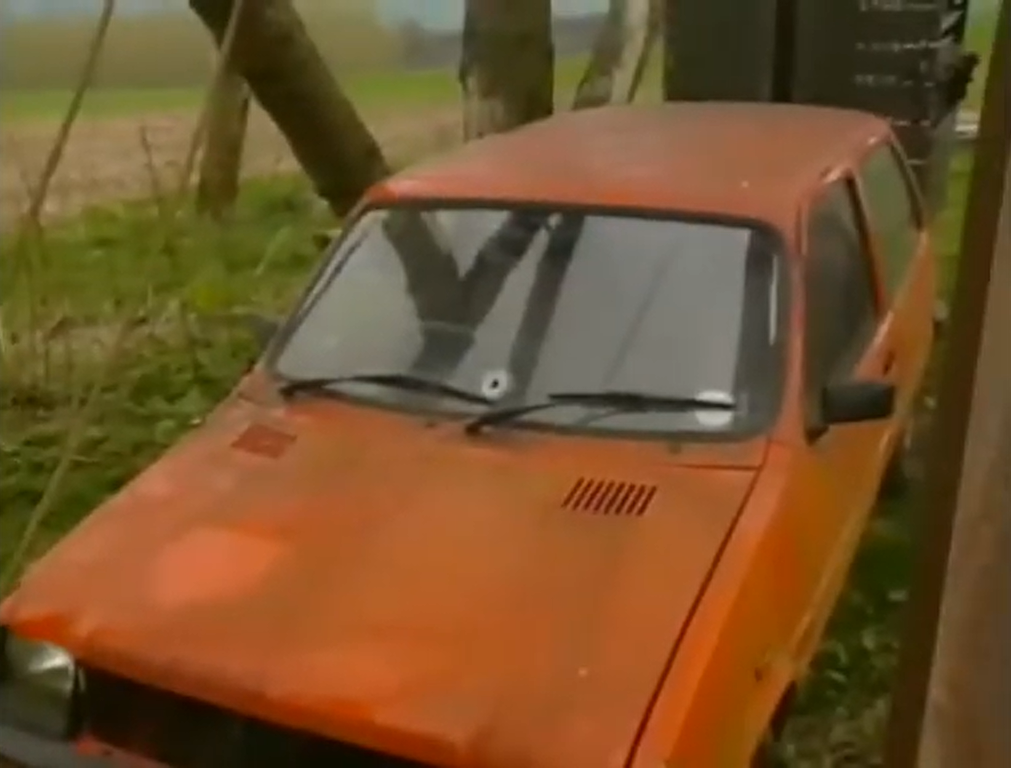 | 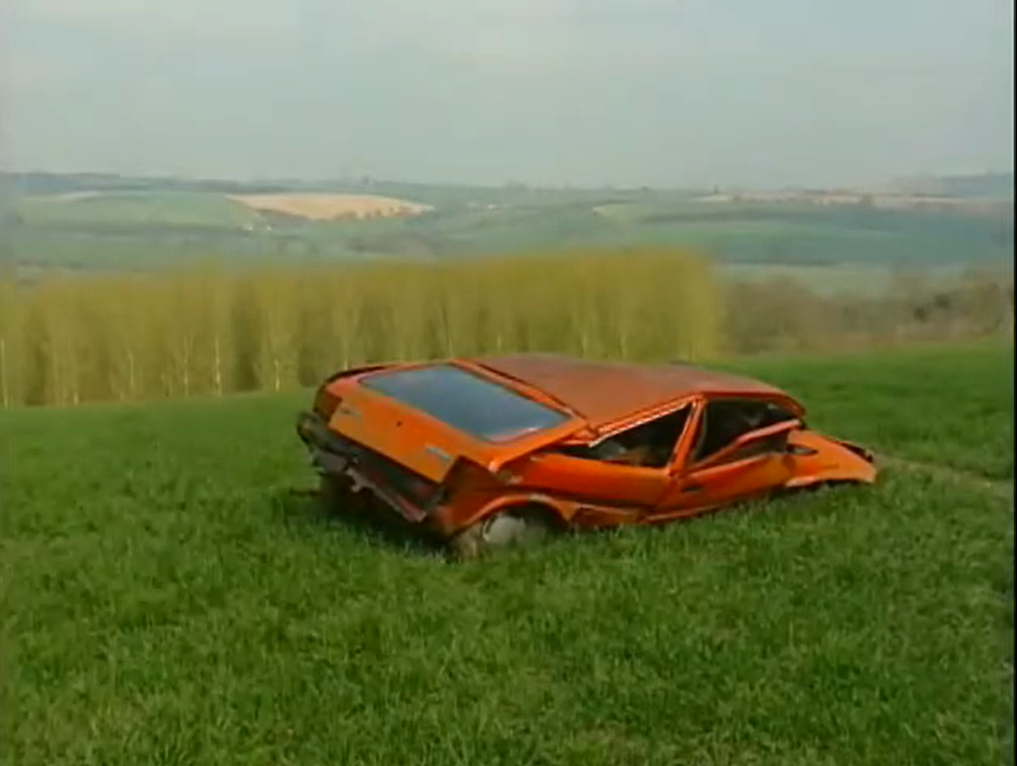 |
As stated before, Altair’s products help solve some of the most difficult engineering problems. Everyone from data scientists and analysts to engineers and designers can benefit from the vast array of specialist software we make and for which we offer support. Every once in a while though, it’s good to have a bit of fun and see what would happen if we let our imaginations run wild. In this case, and according to our calculations, it’s entirely possible to launch a car a considerable distance using a trebuchet. It’s advisable to stand clear of its trajectory however if you ever find yourself witnessing such a thing.


